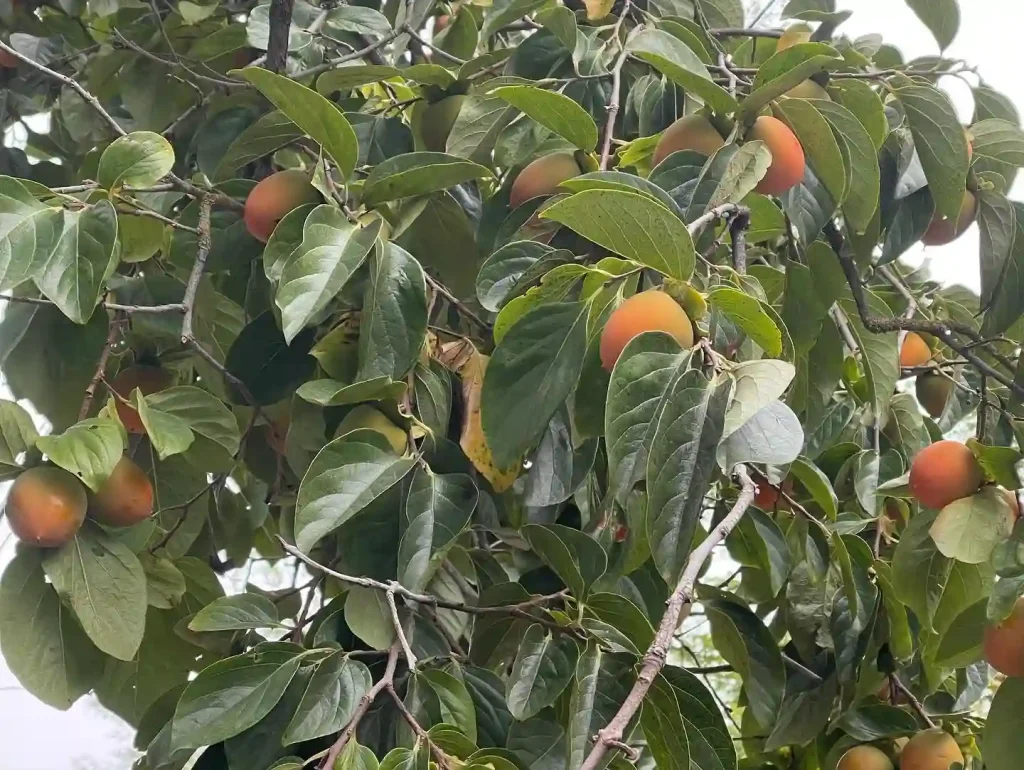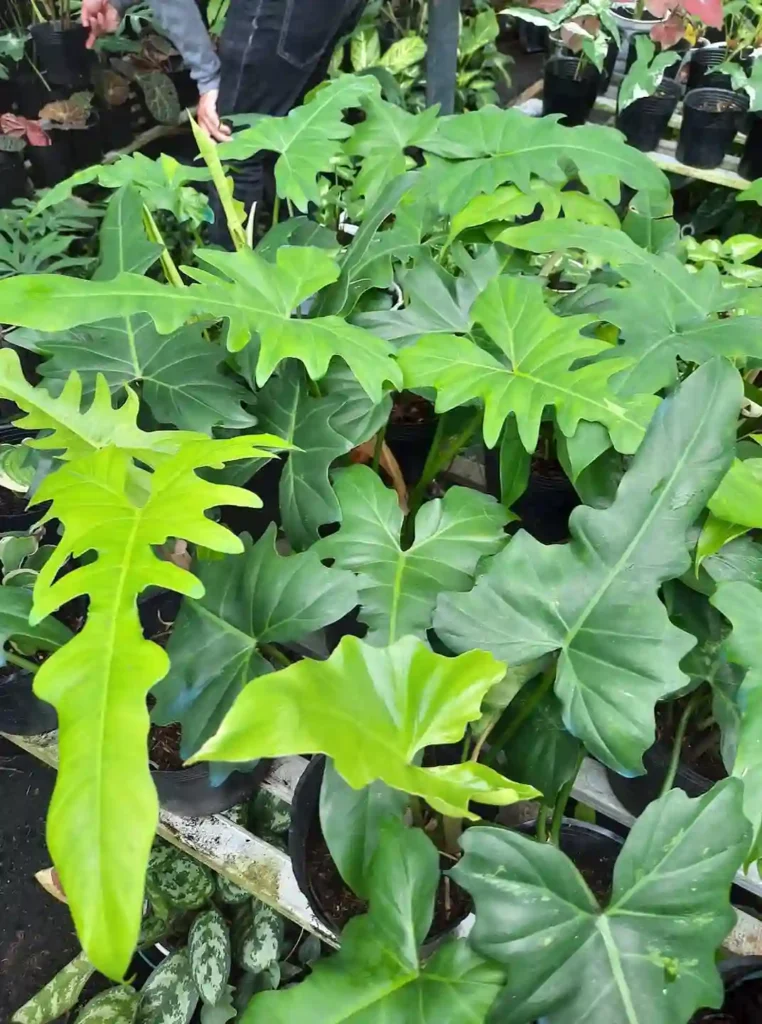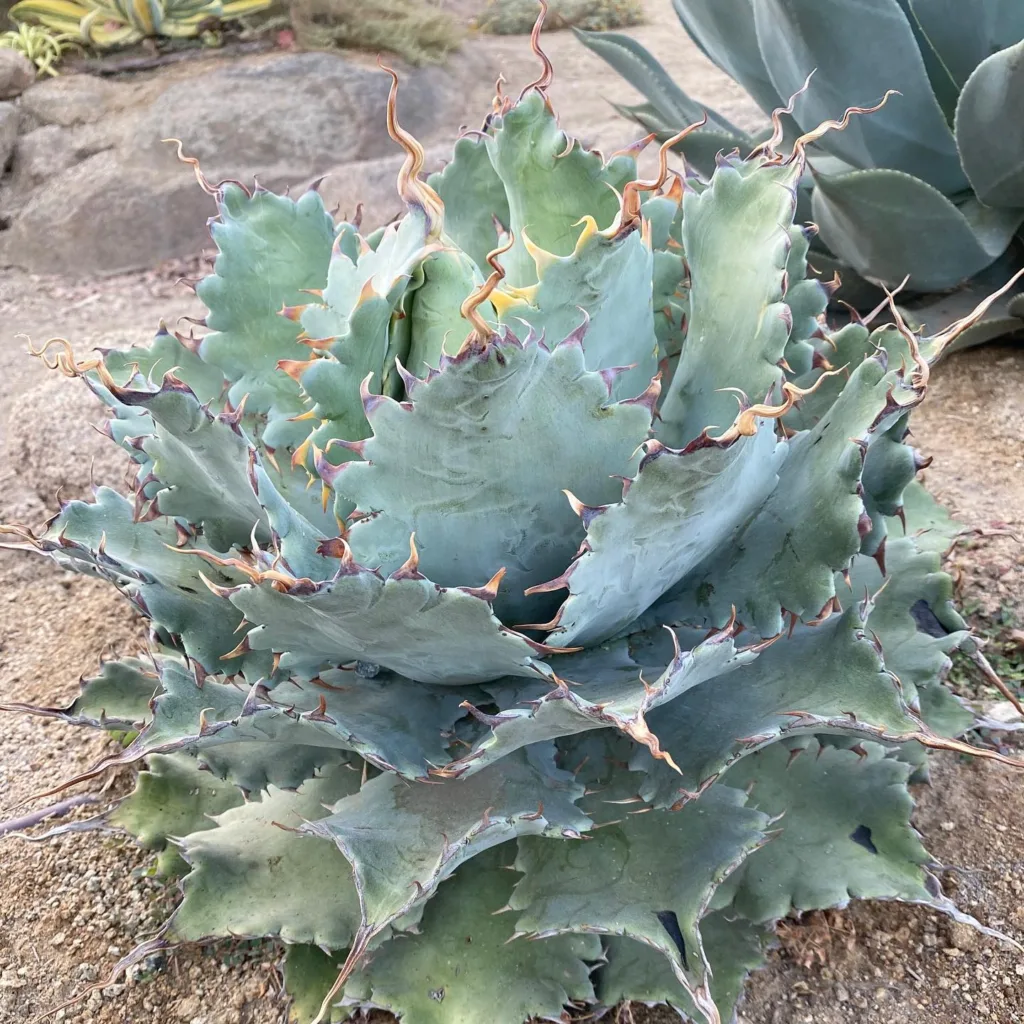The Melissa Genus: A Gardener’s Delight
Hi, I’m Ferb Vu, and I’m an avid gardener with a particular fondness for the Melissa genus. These aromatic plants, belonging to the mint family (Lamiaceae), are native to Europe and Asia but have found their way into gardens around the world. The name “Melissa” originates from the Greek word for “honeybee,” a testament to the plant’s allure for these pollinators. Let’s dive into the world of Melissa and explore some of its fascinating species.
Why I Love Melissa
I’m drawn to Melissa for several reasons. First and foremost, their fragrance is simply divine. The leaves release a refreshing citrusy scent, often with hints of lemon or mint, when brushed or crushed. This makes them a wonderful addition to sensory gardens or any space where you want to enjoy a natural, uplifting aroma.
Secondly, Melissa plants are relatively easy to grow. They tolerate a range of conditions and are fairly low-maintenance. This makes them a good choice for both beginner and experienced gardeners alike.
Finally, I appreciate the culinary and medicinal uses of Melissa. Many species, particularly Lemon Balm, have been used for centuries in traditional medicine and cooking.
A Closer Look at Melissa Species
While the genus Melissa isn’t as expansive as some others in the mint family, it still boasts a variety of interesting species. Here are:
- Melissa officinalis (Lemon Balm): This is arguably the most well-known member of the genus. Lemon Balm is a perennial herb with a distinct lemony scent. It’s often used in teas, salads, and desserts, and has a long history of use in traditional medicine for its calming properties. Plant FAQs: Lemon Balm – Melissa Officinalis
- Melissa axillaris: Native to the Himalayas and parts of East Asia, this species features lovely white or pale pink flowers and possesses a similar fragrance to Lemon Balm, though perhaps slightly less intense.
- Melissa flava: This species, also known as Yellow Balm, is characterized by its yellowish flowers and is native to regions in Central Asia.
- Melissa yunnanensis: This species hails from Yunnan province in China and is known for its delicate white flowers and subtle fragrance.
Growing Melissa in Your Garden
If you’re keen on adding Melissa to your garden, here are a few tips:
- Sunlight: Most Melissa species thrive in full sun to partial shade.
- Soil: Well-drained soil is crucial. Amend heavy clay soils with compost to improve drainage.
- Watering: Water regularly, especially during dry spells, but avoid overwatering.
- Propagation: Melissa can be propagated from seed, cuttings, or division.
- Pests and Diseases: Generally, Melissa is quite hardy. However, keep an eye out for common garden pests like aphids and spider mites.
Beyond the Garden
The uses of Melissa extend beyond ornamental and aromatic purposes. Lemon Balm, in particular, has been used for centuries in traditional medicine and is believed to possess calming, antiviral, and antioxidant properties. It’s often consumed as a tea or used in aromatherapy.
In the culinary world, Lemon Balm adds a refreshing citrusy note to dishes and beverages. It pairs well with both sweet and savory flavors, making it a versatile ingredient in the kitchen.
My Personal Connection to Melissa
I find that working with Melissa plants in my garden has a therapeutic effect. The act of tending to them, inhaling their fragrance, and even just observing their gentle sway in the breeze brings a sense of calm and connection to nature. I encourage everyone to experience the joy of cultivating these wonderful plants.
Whether you’re a seasoned gardener or just starting out, I believe there’s a place for Melissa in your garden. Their beauty, fragrance, and versatility make them a true delight to grow and enjoy.
If i die, water my plants!



